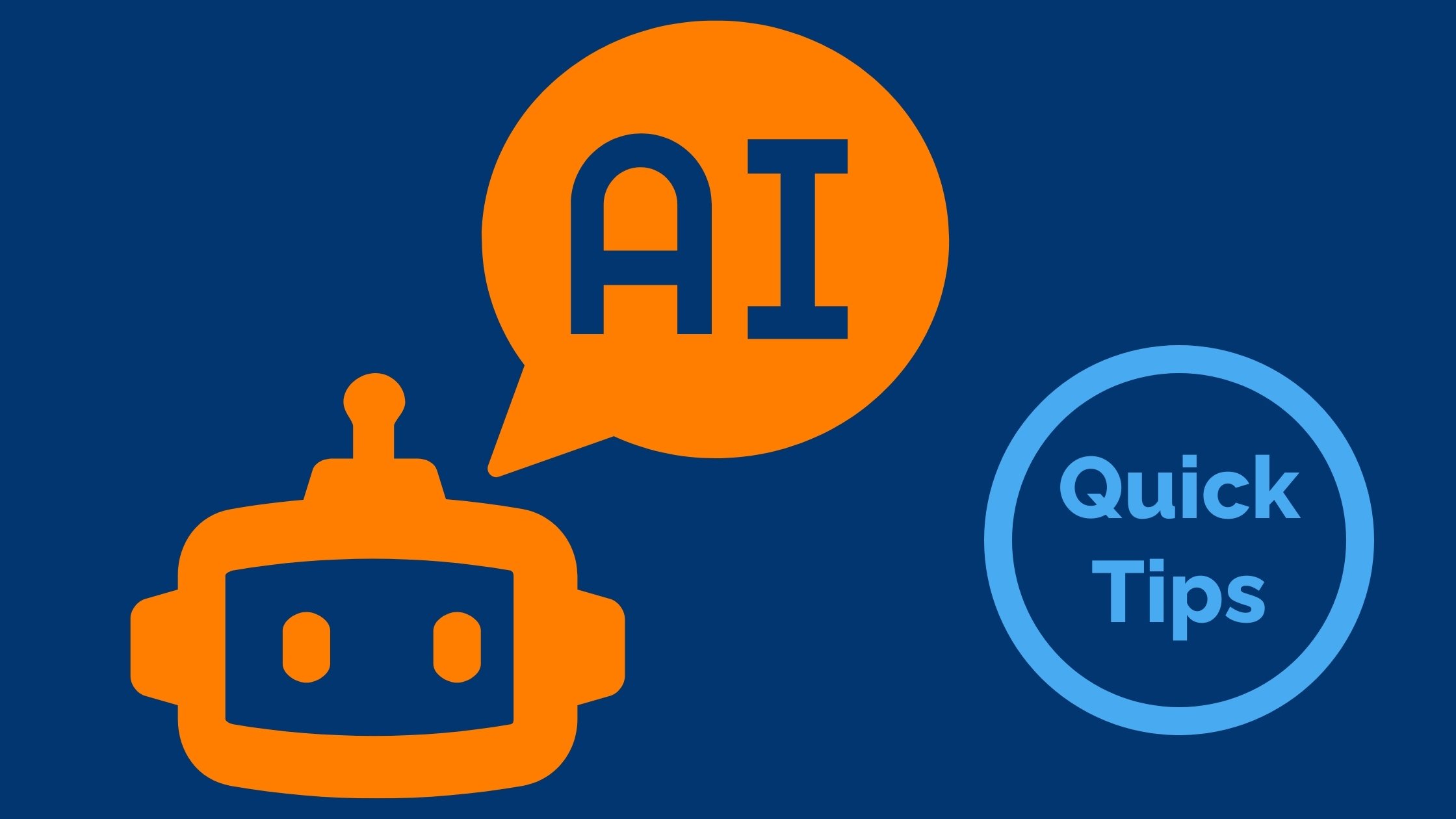I’m assuming that you’ve been paying attention to the AI space. If for no other reason, you are reading a blog about AI…
Most of the focus and headlines over the past few years have been on large language models (LLMs) like ChatGPT, Claude, Gemini, and Copilot.
Did you know that there are also small language models? They haven’t been as popular with the general public, but they are gaining traction quickly as the large models become more resource-hungry and expensive to run. SLMs are also just more capable than they used to be.
Here are some advantages of SLMs -
- They are more accessible, which makes them options for startups, nonprofits, and other organizations that don’t have the infrastructure or budget for an LLM.
- They use less computational resources, which makes them more efficient, less expensive, and able to be deployed on a wider range of devices (i.e., smartphones, tablets, smart watches, etc).
- They can be hyper-specialized on the tasks that you care about and match the performance of LLMs on those tasks.
This is a much larger topic than I’ll cover here, but I will end with some examples of SLMs in case you want to look into them:
- Phi-3 (Microsoft)
- Gemma (Google)
- OpenELM (Apple)
- Llama (Meta)
- Qwen (Alibaba)
(this is a small sampling of SLMs, there are millions of them)


Comments